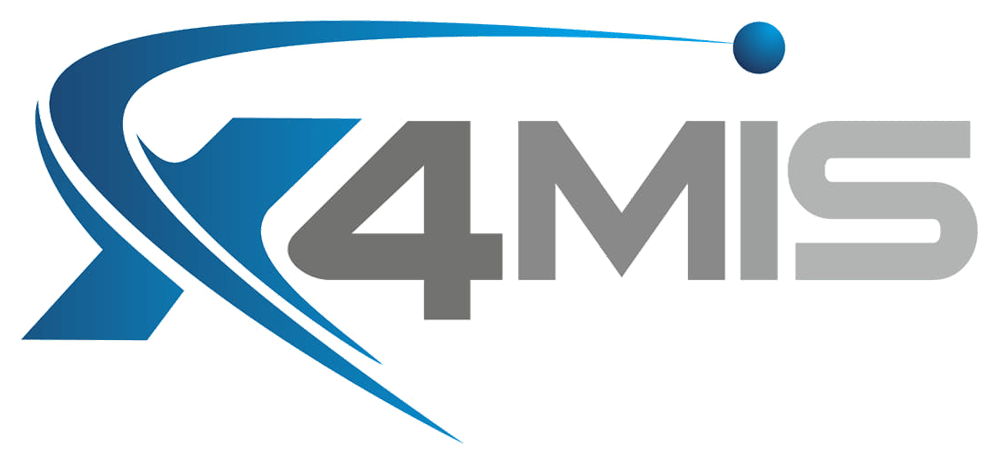People Process and Technology
The importance of People, Process and Technology
Written by: Austin Watene
The Balance of Three
Many companies approach business issues using cutting-edge technology, however, the efficiency of technology is 100% dependent on how it is adopted and used.
The People, Process and Technology (PPT) framework focuses on the interactions between the three components.
- People who complete the new tasks
- Processes to improve the effectiveness of the new tasks
- Technology which facilitates the new way of working
Striking a balance between the three and improving the interactions between people, processes, and technology is critical to the effectiveness of every technology driven transformation.
The structure may be thought of as a three-legged table, the entire table will tip over if one of the legs is slightly longer or shorter. Similar to this, you must adjust people and processes to the new tools as technology advances.
Organisations waste a lot of the benefits technology offers, then struggle to achieve their goals and benefits when:
- Weak processes aren't put in place.
- Individuals don't know how to utilise it effectively.
- The new technology is not integrated with the processes
Equally, if the organisation spends too much time worrying about the process, they'll wind up with a solid strategy that only works on paper because they lack the necessary personnel or technological resources.
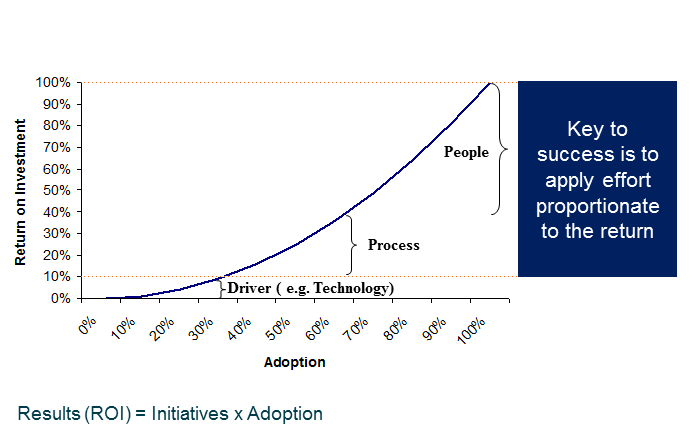
Technology
Too frequently, businesses spend heavily in technology to obtain competitive advantages. The processes and the people are secondary. Next, they attempt to integrate the processes and people into this new technology.
But the best result won't result from doing this. Without the appropriate individuals and procedures being followed to support it, technology is useless. As a result, technology should always be the last thing taken into account once the problem has been thoroughly understood, the necessary talent has been identified and hired, and the process requirements have been established. The technology won't provide the optimum return on investment if the users don't know how to use it or the process doesn't make good use of it.
A process is a series of activities or actions that come together to achieve a certain outcome. The "how" element is primarily defined by the process in the PPT framework. How are we going to get the intended outcome? How can we use people and technology to address the issue in business? Processes are repeated acts that, in theory, should yield the same outcome regardless of who carries them out.
Many businesses spend a lot of money on consultants who create elaborate systems. Organisations, meanwhile, are always evolving. People, technology, and market conditions all continuously change. The processes may eventually become less effective as a result of this. As a result, companies need to continuously assess all of their processes to determine what's working and what isn't. The procedures must then be modified in response to this input in order to continue providing the business with high value.
People
New procedures or technologies cannot be implemented without the people's complete support. Without it, organisations will see a slow adoption rate or less-than-ideal use. Enabling individuals is one of the major change activities.
Businesses must identify the important personnel who have the necessary training, expertise, and attitude for the position. Where people can not be empowered by receiving the right training for new roles, they may need to acquire new personnel, transfer workers from other areas, or outsource the work to a consultancy or agency.
It's crucial to make sure the team is composed of the correct individuals who can effectively communicate.
Transformations may also require organisations need to consider their customer or the general public and how changes will impact them.
Technology and Process
Combining only two of the elements will achieve:
- Greater efficiency/speed and standardisation
- Better organisation and internal procedures
- Mismatch between people and operations
- Skills gap is a ‘time bomb’ – real impact on customer can worsen (customers can feel ‘processed’)
- Investment in technology and process not realised/used
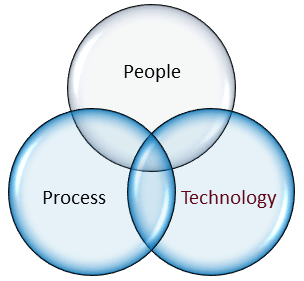
Getting the right balance between people, process and technology development is critical to improving the customer experience and therefore achieving increased business results. One of the biggest challenges of customer-facing change is achieving understanding and adoption of new ways of working internally.
Change that is dominated by technology achieves around a 10% level of adoption, leading to significant wasted investment. Solutions that achieve the right balance of investment across people, process and technology frequently achieve near 100% adoption.



Technology, Process and People
- Bringing all three together in the same transformation programme will achieve:
- Sustainable long-term improvement in results
- Best return on investment
- Optimum use of process and technology by dynamic people who ‘own’ and ‘drive’ improvement
- Fast gains, eg ‘quick wins’
- Highest impact on customer
- Greater customer retention through effective relationship building

Compose the Change
Browse by Categories
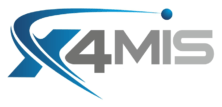
Free On-Line Change Management Methodology that enables individuals and organisations, especially those previously without access to effective change management programmes, to deliver more effective community and country programmes which improve prosperity and save lives.
QUICKLINKS
TRAINING LINKS
LATEST POSTS

